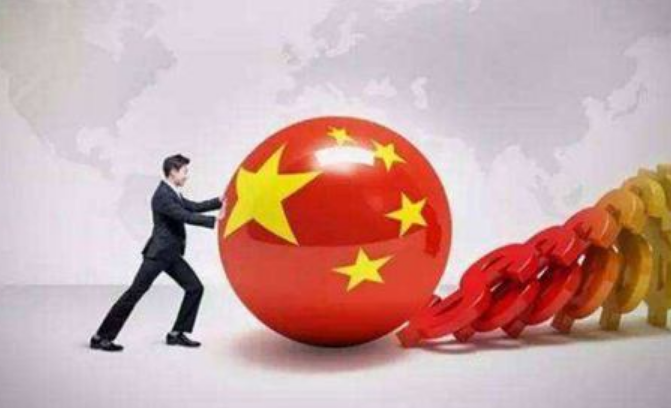As the world scrutinized China's macroeconomic performance in 2018, concerns of a potential drop in the GDP growth rate made many economists fear about a slowdown of the world's second largest economy, and they started talking about a loss of confidence and even predicted that the worst was still to come. Toumert AI, director of education with the International Bachelor Program at the International School under China Foreign Affairs University, expressed his opinions on this issue in his article Is GDP an obsolete tool in an era of social well-being, innovation and change?
The following is the full text of the article:
As the world scrutinized China's macroeconomic performance in 2018, concerns of a potential drop in the GDP growth rate made many economists fear about a slowdown of the world's second largest economy, and they started talking about a loss of confidence and even predicted that the worst was still to come.
As the second decade of the 21st century draws to a close, it is clear that our economies and the macro-economic situation are now very different from those of the 20th century. When economist and statistician Simon Kuznets introduced the concept of GDP back in 1934, he cautioned about how it was to be interpreted, and especially how it could be manipulated to fit a complex social environment.
In slightly more than 100 years our population has grown from about 1.6 billion people to an astonishing over 7 billion. The population growth alone might make us think that our standard of living is less than that of our ancestors; however the truth is that we are better off today.
It is important to shift the discussions away from the pessimistic views and negative media comments, depicting a world where the economy is in disarray and depicting the grave dangers of economic hardships that may be just around the corner, just because the political environment fits the narrative.
Most economists in developed economies are writing "doom and gloom" commentaries about the latest economic figures regarding the Chinese economy. They appear convinced that there is a major downturn in the Chinese economy, and are certain that China's double digit growth era is over.
The reality is that China has known that this scenario would happen at some stage, after the reform and opening-up policy was initiated 40 years ago. As such, instead of misusing the economic results in lavish "white elephant" projects, or worthless developments, all the financial gains were re-invested in developing state-of-the-art industrial hubs, manufacturing capacity and lifting more than 800 million of its citizens out of poverty, to engage with the world's economy, and be part of the artificial intelligence (AI) industrial revolution in the future.
The GDP was a good tool, when it was created, back in the 1930's, to help policymakers understand better the flow of goods and services in their economies, forecast government revenues and expenditures and to try to make the right decisions to spur their economic transactions. This would also have the benefit of improving the wealth of its population allowing the population to participate actively in the economy.
Today we have much more integrated economies, free flow of goods and services, and a trade environment that provides equal opportunities for all economic stakeholders.
With all these economic gains, the way we should measure our economic performance has not adjusted to the new realities and the expectations of the emerging world.
We must still use expenditures, revenues and debts to analyze our economic progress. This is creating an expectation gap between the financial institutions that define our economic progress using monetary values, and the complexity of wealth and sustainable growth based on other indexes, such as well being. This is where China is leading a global policy shift, which will ultimately give it a lead in the early 21st century.
Switching people's focus from monetary numbers to quality of life numbers and an ecological balance is not an easy task. However, that is exactly what the Chinese policymakers are attempting to do. It is difficult to quantify human progress and well being, but that is the direction governmental discussions must shift toward. While we must keep pushing ahead with the traditional macro views of economies using the GDP, and other long-standing tools, as a leverage, but not as primary tools.
The debate has to start today, especially when most advanced nations including China are re-structuring their economies with regard to the AI-powered industrial revolution, where robotization is quickly moving ahead, and that will cause significant changes as to how humans remain within the industrial process, and thus accumulate wealth.
In 2008, the world's economies suffered a huge loss, not due to the lack of money, but rather due to the lack of investment opportunities and funding availability.
And only the nations that have switched to other methods to measure their nation's performance have succeeded in weathering the financial storm. So shall we bury the GDP concept? No, not at the moment, after all, it is just a tool. Shall we develop and enlarge our tool kit with other methods of measurement? Yes. We must amend our methods of calculation to fit the different challenges of today, dealing with human development, social growth and ecological sustainability.
A serious talk has to take place between scholars and international organizations to define the new methods of measurement, and we must provide the global citizens with the knowledge and awareness needed, that goes far beyond the GDP trap.




 A single purchase
A single purchase









